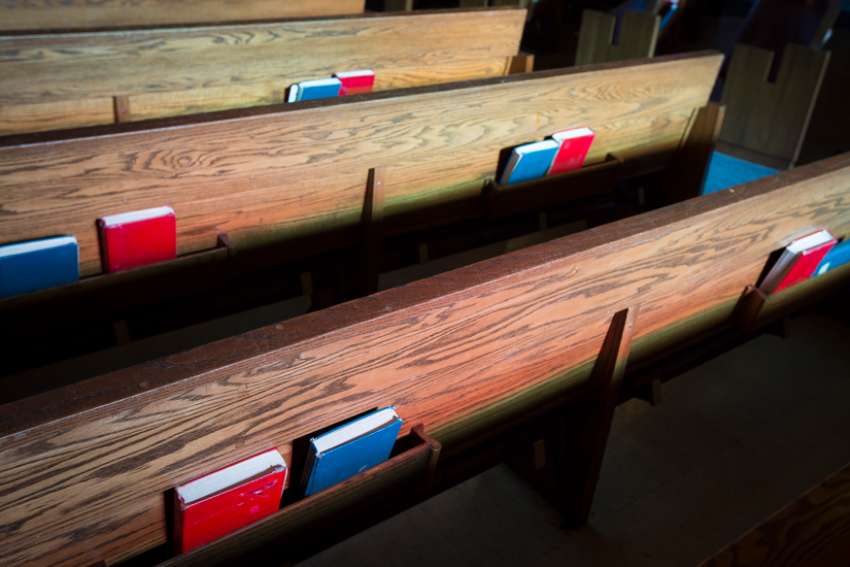Recapturing this pre-pandemic atmosphere became more reachable in recent days for many Canadian Catholics as Alberta, Saskatchewan, Manitoba, Ontario and Quebec announced plans to move on from COVID-19 restrictions, to varying degrees.
The prairie provinces of Alberta and Saskatchewan took the lead in significantly easing or outright repealing many pandemic restrictions. For places of worship, on Feb. 9 Alberta shifted from 33-per-cent chapel capacity to no such stipulations at all — although churches are encouraged to promote social distancing.
On March 1, mask mandates and social gathering limits will disappear completely if hospitalizations keep trending downwards.
Fr. Wilbert Chin Jon, moderator of the curia for the Diocese of Calgary, said diocesan staff, led by Bishop William McGrattan, are formulating the most sensible path forward for parishes.
“With the easing of these restrictions, we have to acknowledge that people are in different places,” said Chin Jon. “We have to recognize that as a Church and as a community, respect it, and exercise charity and prudence.”
Saskatchewan parishes have been free of capacity restrictions for months now, so the only significant change comes on Feb. 28, when the mask mandate ends. Deacon Eric Gurash, director of communications and evangelization for the Archdiocese of Regina, said the archdiocese will operate “safely and responsibly” during the province-wide transition.
“We will be encouraging our communities to respect individual choices regarding their own levels of comfort and respect that there will be a variety of individual approaches,” said Gurash in an email. “We want to encourage unity and respect within this diversity.”
On Feb. 14, Ontario Premier Doug Ford unveiled a fast-tracked reopening timeline for Canada’s largest province. Capacity limits for religious services, weddings, funerals and other rites or ceremonies have gone up from an allotted 50-per-cent to as many people as social-distancing rules permits. If public health metrics look positive, these limits will be completely lifted on March 1.
While mindful of the pandemic’s unpredictable nature, Mark Brosens, the Archdiocese of Toronto’s interim director of public relations and communications, told The Catholic Register via email that “we greet today’s announcement with cautious optimism.”
“The past two years have been incredibly stressful for many of our neighbours and we know they yearn to return to normal, so it is welcomed news that the provincial government thinks it is safe to remove many restrictions,” said Brosens.
Archdiocese staff will work over the next couple weeks to prepare for Masses with no social distancing starting next month. While services will resemble normalcy, Brosens wrote, “COVID is not going to disappear after March 1.” He expects policies on reporting information about clergy, staff and volunteers testing positive to remain intact and rapid antigen tests will continue being used.
In Quebec, indoor liturgical services will remain open exclusively for vaccinated congregants up until Feb. 21. On this date, churches can host passport-free indoor Masses for up to 50 attendees. Until then, the capacity for these vaccinated-only services is set at 250.
In Manitoba, indoor religious services with no vaccination passport can up their capacity from 25 to 50 per cent (or 500 people if this figure is lower). This order will be in effect until March 1. The provincial government and health leadership did announce its intention to remove all pandemic restrictions by March 15.


